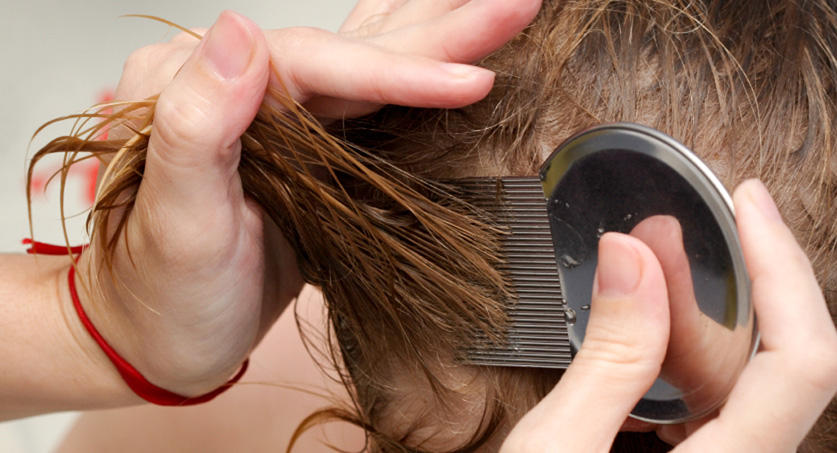
Lice are most common in children between the ages of three and 11 and are easily spread through close contact at school and daycare. The average number of infestations in the US is around 12 million per year, and outbreaks from school can easily spread to members of your family. If you are worried that your child may have lice, you should know that it is possible to detect them early by checking the affected area. You can do this with a magnifying glass or by using a naked eye. Lice differ in appearance depending on the type of infestation.
Lice can be very uncomfortable. Some people feel a tickling sensation as the lice move around on their scalp. Lice can cause red bumps and itching on the skin, which is caused by the lice’s saliva. You should not worry too much though, since they live for only a few days on the body. However, you should take measures to treat any lice symptoms as soon as possible. You can also wash and dry contaminated bedding and clothing.
While lice are most commonly found on the head, body lice can also affect your child’s eyes and nose. This can be particularly bothersome if your child frequently scratches their head. Lice bites will cause an itchy, burning sensation. This may take a few weeks to occur. Some children may even experience a tickling sensation in addition to the itching. These are signs that you may have head lice. But, if you haven’t yet discovered that you have lice, don’t be alarmed. Treatment is available for lice.
In addition to visible signs, head lice can appear anywhere on the body. An adult lice can be the size of a sesame seed, while the eggs are tiny and difficult to spot. The easiest places to look for them are around the ears or the nape of the neck. The nits can look like dandruff, but are so small that you might mistake them for dandruff. The only problem with nits is that they can’t be brushed out of your hair and are easy to confuse for dandruff. When your child tries to brush it out, the nits will be stuck. When they scratch their head, they will create a small red bump that is prone to infection.

Although these symptoms are not dangerous, lice can be very irritating and cause fever. You should see a doctor if you suspect your child has head lice. Also, do not scratch your head, this will exacerbate the problem. Although head lice are difficult to identify, they are often difficult to treat once they are found. If you are concerned about your child’s health, you should immediately seek advice from the health website https://cth.co.th/.
There are several symptoms associated with head lice. The most common are red bumps on the scalp and nits on the hair. These symptoms may affect your child’s sleep or affect yours. If you are concerned about this, you must take steps to find a cure as soon as possible. Then he or she can avoid the risk of infection. The best way to deal with head lice is to keep them away from children.
Head lice can be spread through casual contact with an infected person or their belongings. Lice are typically brown or light-brown in color and can be found on the scalp or hair. The eggs, however, are yellow or tan, and they look like tiny seeds that are firmly attached to the hair shaft. Super lice are not dangerous and are easily treated. Fortunately, there are many effective treatment options. And while head lice are unpleasant and can be passed on through casual contact, there is no need to worry. By following these tips, you can eliminate this condition.
The most reliable treatment for head lice is to find a doctor. It can also be spread by other children. For example, an infected child can carry lice on their clothes. If you notice any of these symptoms, you should contact your child’s doctor. A physician can diagnose head lice by watching your child. The lice will be offended if it is on their own. The doctor can also treat them by using a special medication.